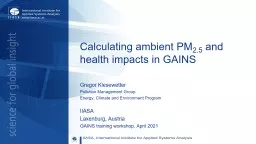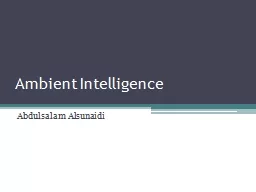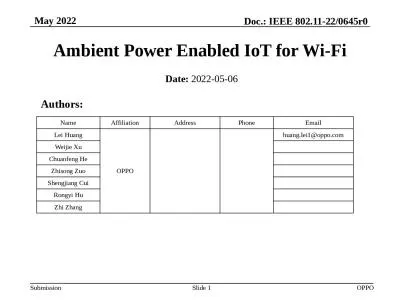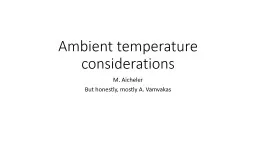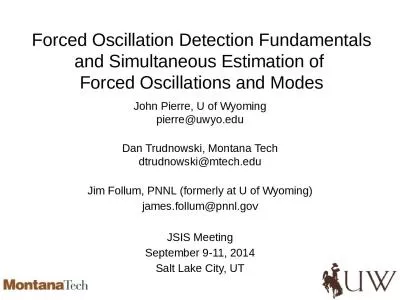PPT-Issues with low concentration gas detection in ambient air:
Author : tatyana-admore | Published Date : 2017-10-24
Sub ppm and ppb detection are not just business as usual Presented by ETA Associates and Interscan Corporation KEY POINT Once you enter the world of low concentration
Presentation Embed Code
Download Presentation
Download Presentation The PPT/PDF document "Issues with low concentration gas detect..." is the property of its rightful owner. Permission is granted to download and print the materials on this website for personal, non-commercial use only, and to display it on your personal computer provided you do not modify the materials and that you retain all copyright notices contained in the materials. By downloading content from our website, you accept the terms of this agreement.
Issues with low concentration gas detection in ambient air:: Transcript
Download Rules Of Document
"Issues with low concentration gas detection in ambient air:"The content belongs to its owner. You may download and print it for personal use, without modification, and keep all copyright notices. By downloading, you agree to these terms.
Related Documents

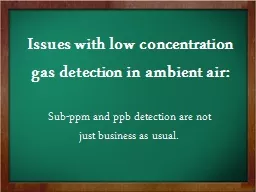
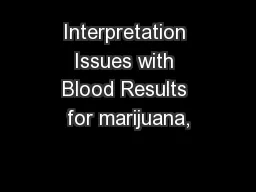
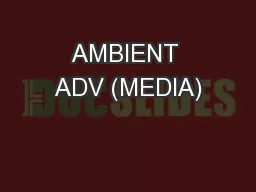


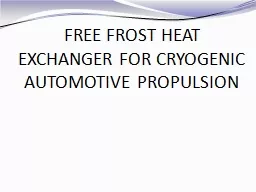
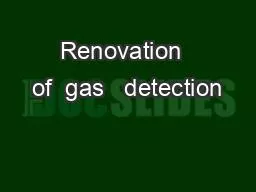
![[READ] Low Carb: Low Carb Weight Loss Secrets Box Set (Dash Diet, Slow Cooker Meals, Low](https://thumbs.docslides.com/881235/read-low-carb-low-carb-weight-loss-secrets-box-set-dash-diet-slow-cooker-meals-low-carb-cookbook-low-carb-recipes-low-car.jpg)
